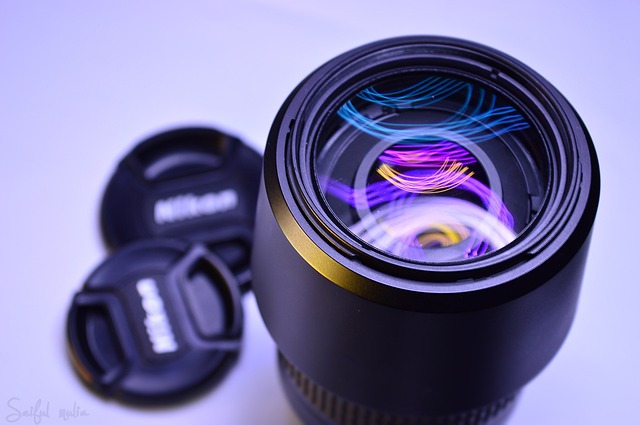Understanding Autofocus: The Heart of Seamless Video Recording
For anyone passionate about video recording, mastering the art of autofocus isn’t just a technical hurdle — it’s a gateway to capturing moments that feel alive and compelling. Whether you’re documenting life’s unpredictable moments or creating cinematic masterpieces, autofocus plays a pivotal role in transforming raw footage into storytelling gold.
Why Autofocus Matters in Video Recording
Unlike still photography, video demands continual focus adjustments as scenes change dynamically. Manual focus can be cumbersome and error-prone, especially when your subject is moving or when lighting shifts. Autofocus frees you to concentrate on framing and composition, while the camera ensures your subject remains sharp and clear.
Types of Autofocus Systems: Finding the Perfect Fit
- Contrast Detection: Common in mirrorless cameras, this method analyzes sharpness directly from the image sensor. It’s precise but can sometimes be slower or create “hunting” effects where focus shifts rapidly back and forth.
- Phase Detection: Found often in DSLRs and hybrid systems, this approach detects focus by comparing light phase differences. It’s faster and excels in tracking moving subjects.
- Hybrid Autofocus: Combining the strengths of both, hybrid systems deliver speed and accuracy, making them a favorite for video creators.
Tips to Master Autofocus for Flawless Video
- Know Your Gear: Dive deep into your camera’s autofocus settings. Understand modes like single AF, continuous AF, and face/eye detection for optimal use.
- Use Focus Peaking: Many cameras offer this feature to visually highlight in-focus areas. It helps you quickly judge what’s sharp even when autofocus struggles.
- Leverage Tracking Features: Subjects can move unpredictably. Advanced autofocus systems with subject tracking help maintain focus, creating smooth and professional-looking footage.
- Control Depth of Field: Wider apertures result in shallower depth of field, increasing the challenge for autofocus. Sometimes stopping down a bit offers a more forgiving focus window.
- Practice Manual Override: Autofocus is powerful but not infallible. Get comfortable switching to manual focus when needed to regain control.
The Emotional Connection: Autofocus as Your Creative Ally
When autofocus works harmoniously with your creative flow, it’s like having a silent partner that anticipates your vision. Imagine capturing the candid laughter of a friend, the swift motion of a dancer, or the subtle glow of a sunset without worrying about blurred frames. Every moment feels more vibrant, every story more authentic.
Final Thoughts on Embracing Autofocus In Your Video Journey
Autofocus isn’t just a camera function — it’s an enabler of creativity in the realm of video recording. By understanding its capabilities and limitations, you can harness its power to bring your ideas to life effortlessly. So, keep exploring, experimenting, and embracing autofocus as a vital part of your storytelling toolkit. Your footage will thank you.




